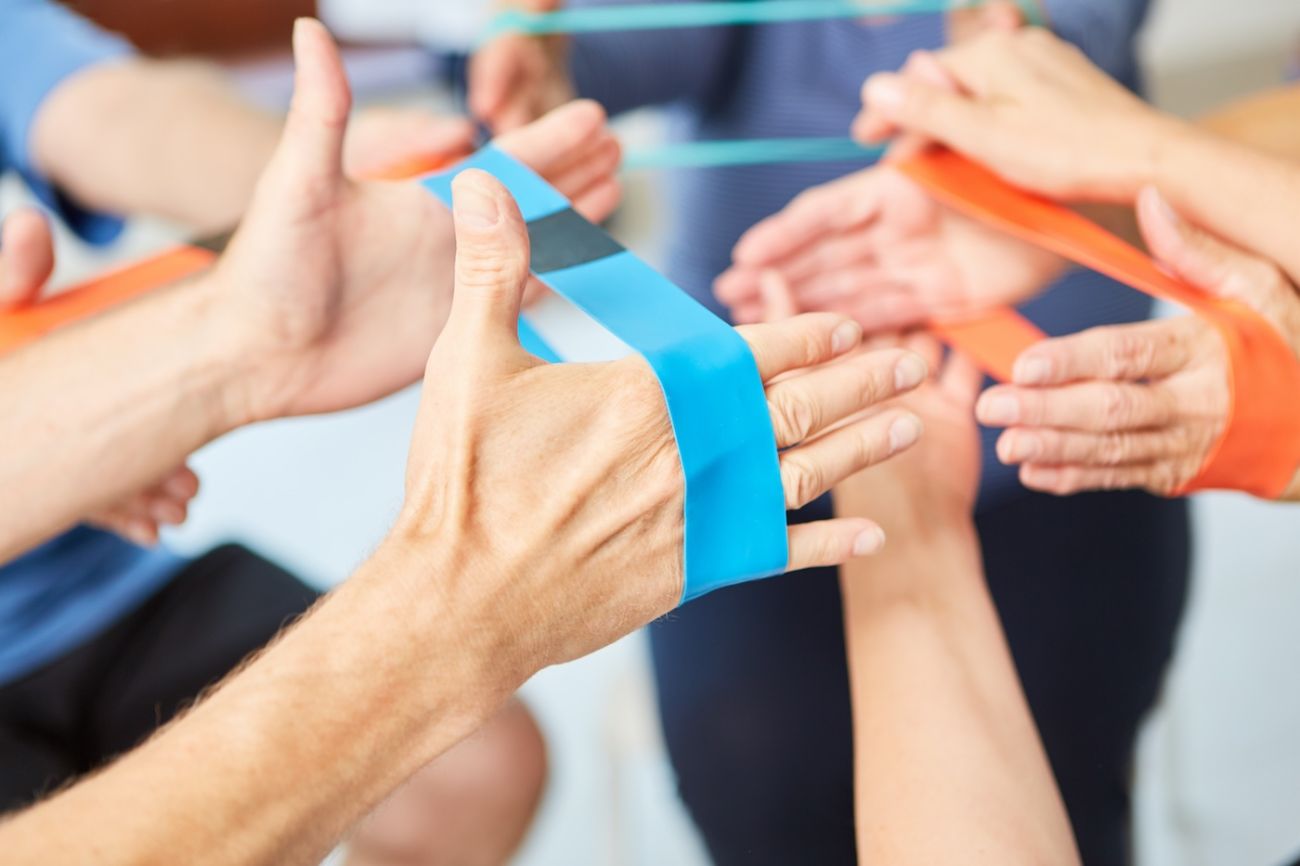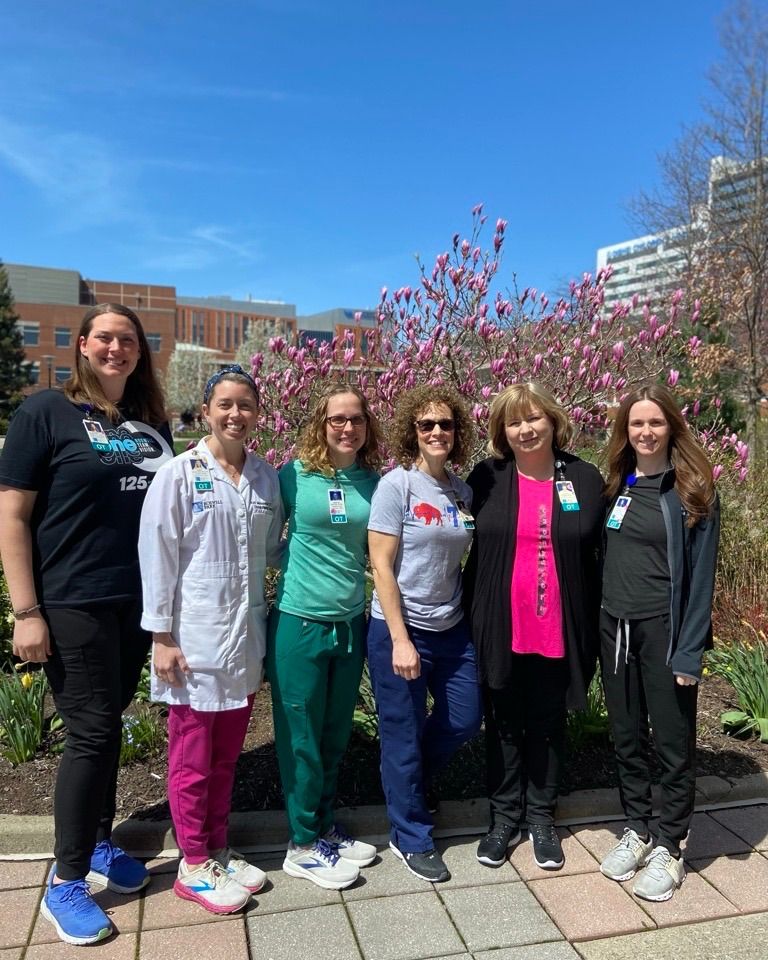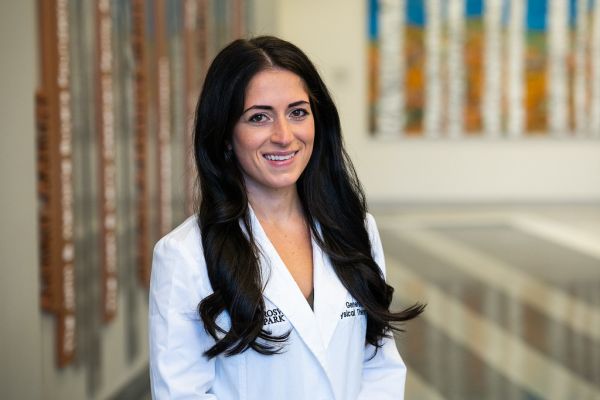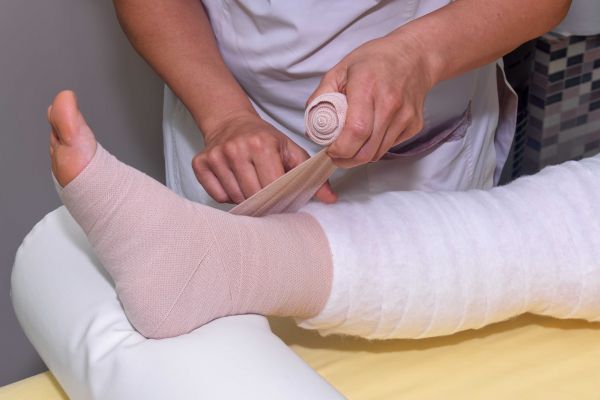Occupational therapy focuses on helping patients to regain the skills and function needed to be able to perform their everyday tasks.
“For patients going through cancer treatment, or preparing or recovering from surgery, occupational therapy is focused on restoring and maintaining functional independence,” says Anna Olejniczak, MS OTR/L, an occupational therapist at Roswell Park Comprehensive Cancer Center.
Treatment for cancer doesn’t just affect the tumor and the area of the person’s body where their cancer is found; it can change the whole person and their ability to live their lives in what was their previous normal way.
“Patients with cancer may be dealing with fatigue, loss of strength and endurance, coordination difficulties, cognitive impairments and/or pain issues that are negatively impacting their ability to perform everyday tasks, like self-care, chores, work or hobbies,” says Kimberly Treanor, BS/MS OTR/L, lead occupational therapist. “The goal of occupational therapy is to help improve function in these areas through remediation, education, instruction in compensatory strategies and adaptive equipment or assistive devices such as long-handled equipment, shower seats, dressing aides and other tools.”
For patients with any cancer type
Patients with any type of cancer, at any stage, might need occupational therapy, Treanor adds. “Our occupational therapy team works with patients throughout the continuum of care both on an inpatient and outpatient basis to improve function and quality of life.”
There are six people on the occupational therapy team at Roswell Park, in addition to one certified occupational therapy assistant. Two members of the team, Karli Maciejewski, MS, OTR/L, CLT, and Kristin Lawton, MS, OTR/L, CLT also have certifications to work with patients who have lymphedema. Another member, Jennifer Sickels, MS, OTR/L, is specially trained in pelvic floor therapy.
“I’ve enjoyed the transition in my role as an occupational therapist at Roswell Park, where I now have the opportunity to work with patients experiencing pelvic dysfunction, whether it’s caused by cancer or as a side effect of treatments,” Sickels says. “It’s incredibly rewarding to help people regain the ability to participate in the activities they love.”
Some patients might expect they’ll have to reach a certain benchmark before they can be released home, like being able to walk a certain distance around their floor, or to be able to complete a certain number of laps on a wing. With occupational therapy, the question is more along the lines of whether the patient is able to care for themselves, such as getting dressed, fixing themselves a meal, or how they can adapt their daily tasks to perform a favorite hobby.
Rehabilitation services at Roswell Park
Our skilled rehab team provides physical and occupational therapy, designed for cancer patients and survivors of all ages — before, during and after cancer treatment.
Treating the whole patient
Even if a patient’s cancer isn’t directly related to a mobility issue, a majority of patients could benefit from working with an occupational therapist. “Roswell Park focuses on survivorship and quality of life after treatment. Occupational therapy is an essential part of the survivorship program,” Treanor says. “Some people may not need to see us very often whereas others may benefit from more intensive treatment to help regain their independence and quality of life. Sometimes it’s just giving people the tools they need to do what they want on their own.”
It's the ability to work so closely with patients and help them improve their quality of life that inspires Alyssa Rotunda, COTA. “I like to be a light in our patients’ lives and strive to make them laugh or smile each day. After working closely with our patients, it is very rewarding when we see our patients improve in balance, strength and self-care tasks.”



